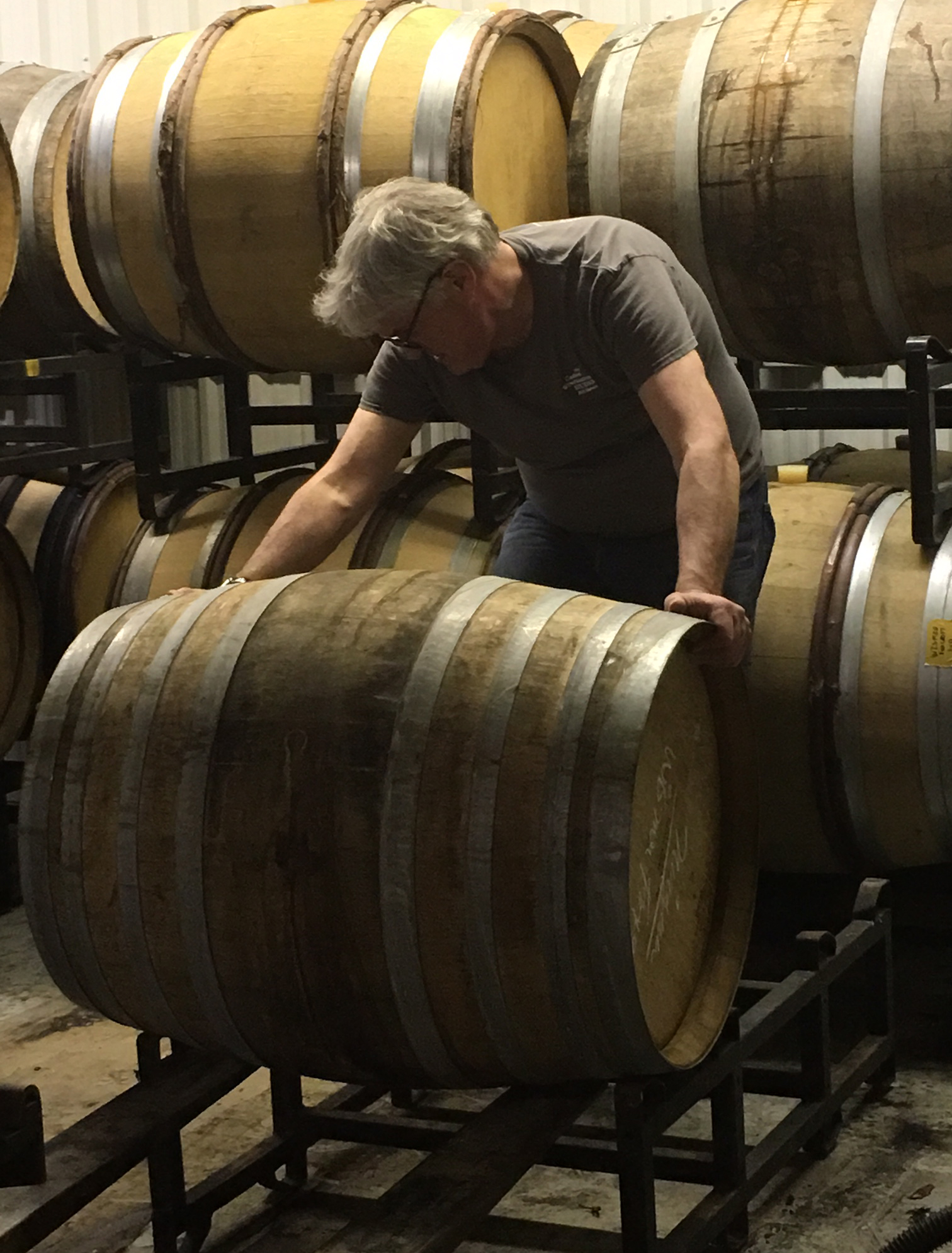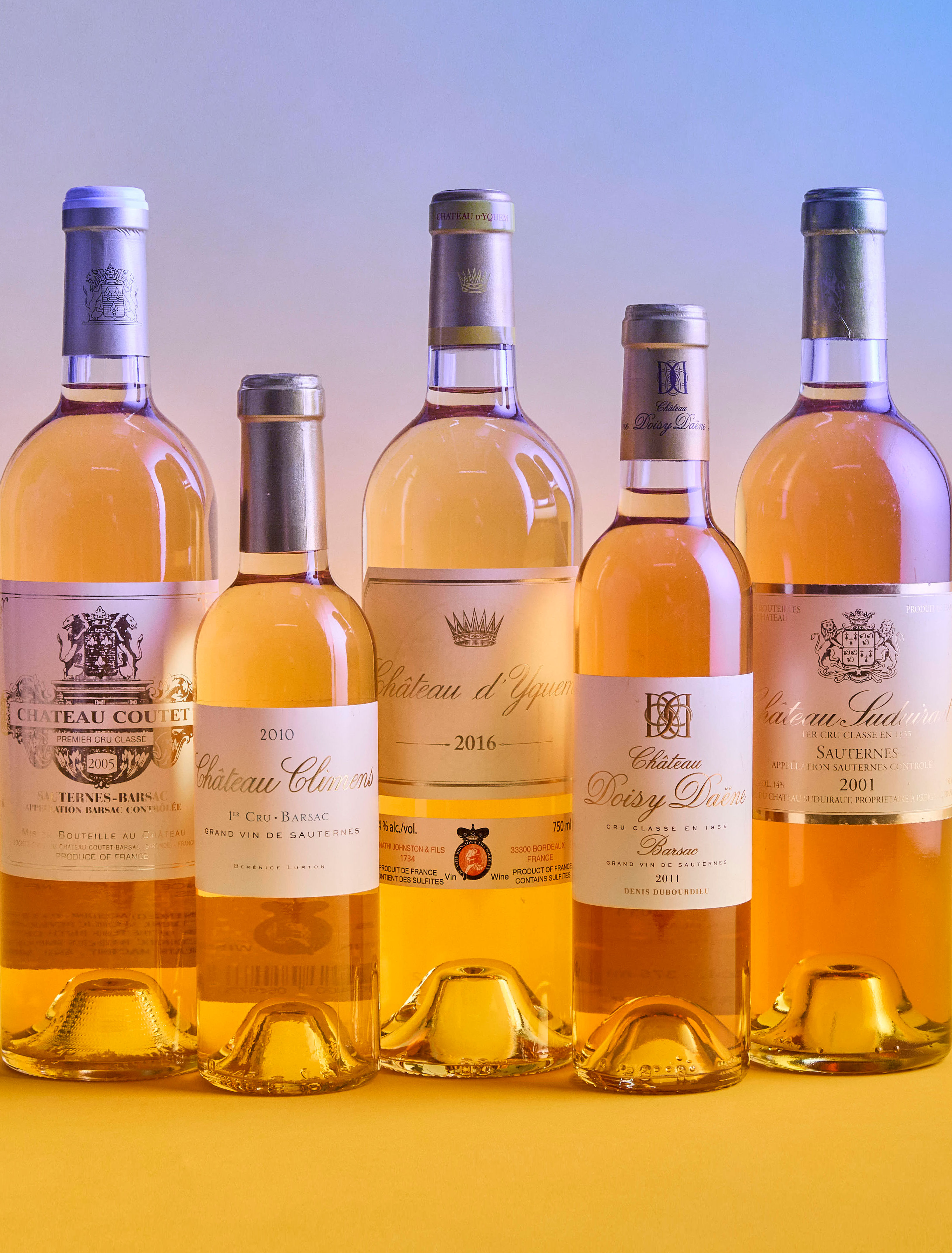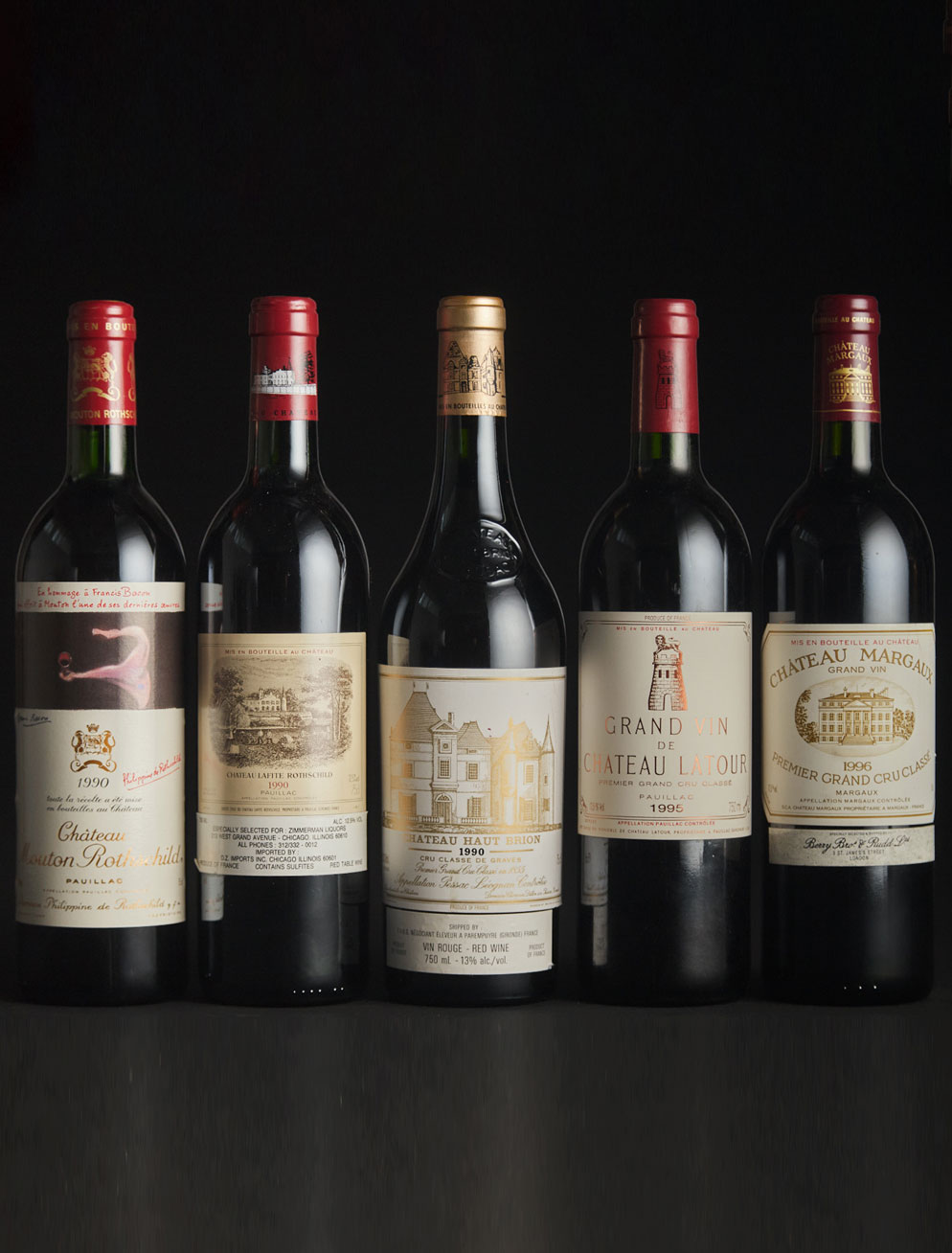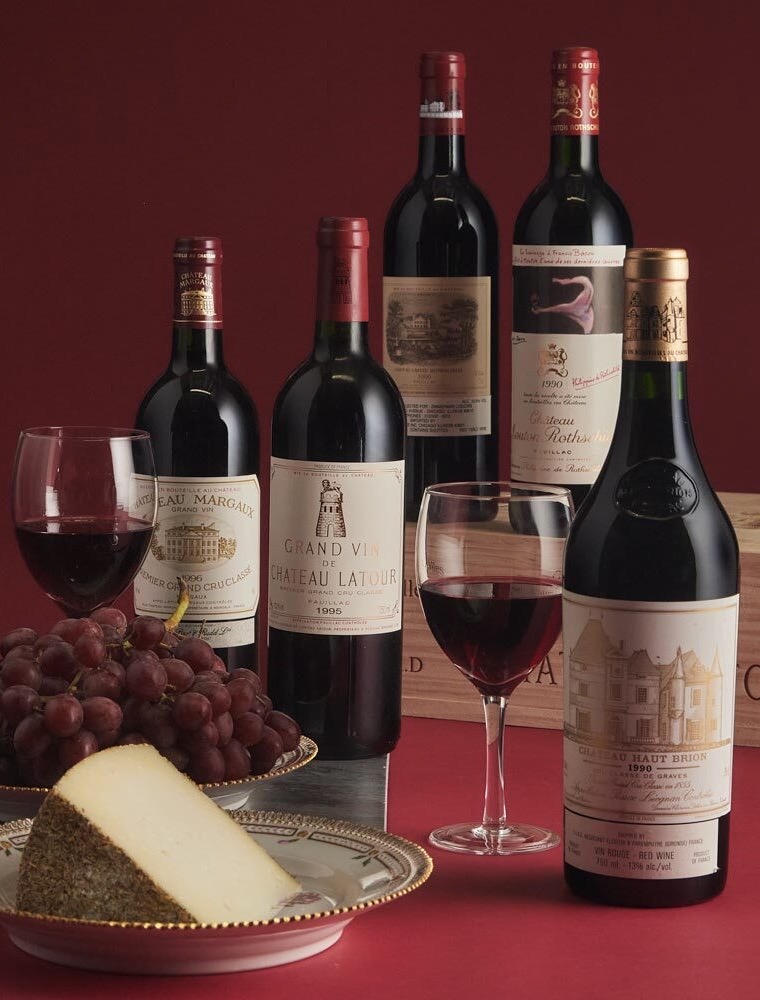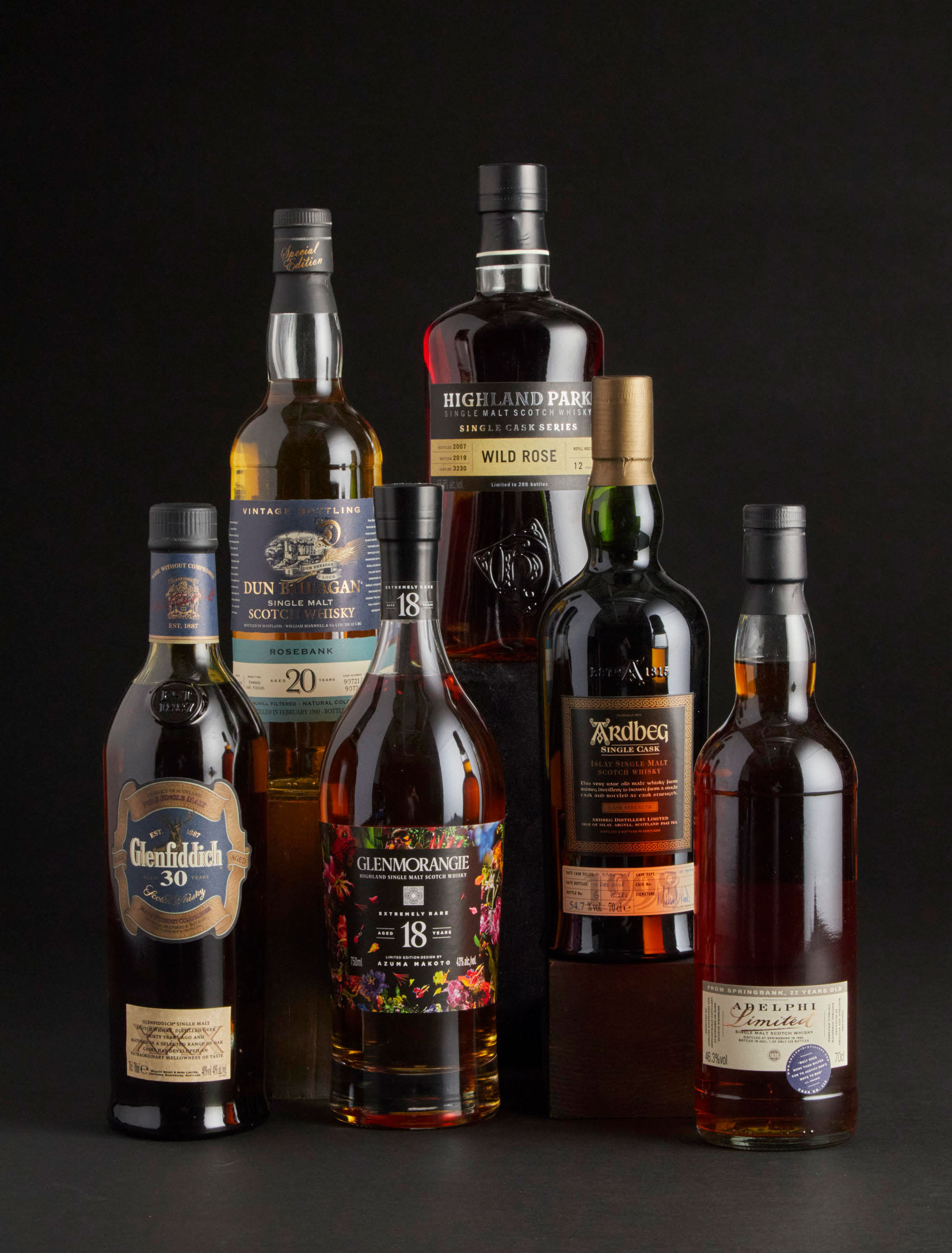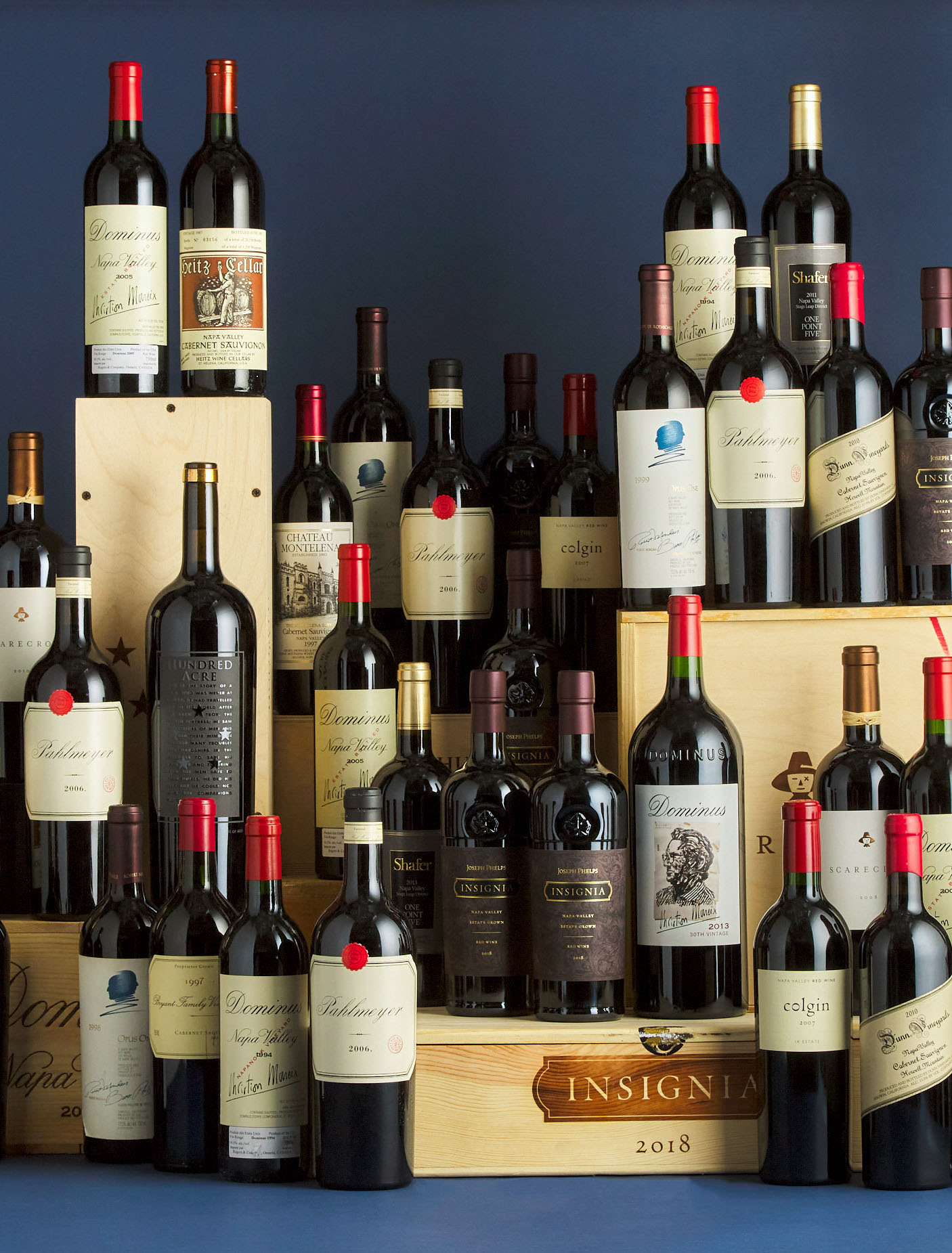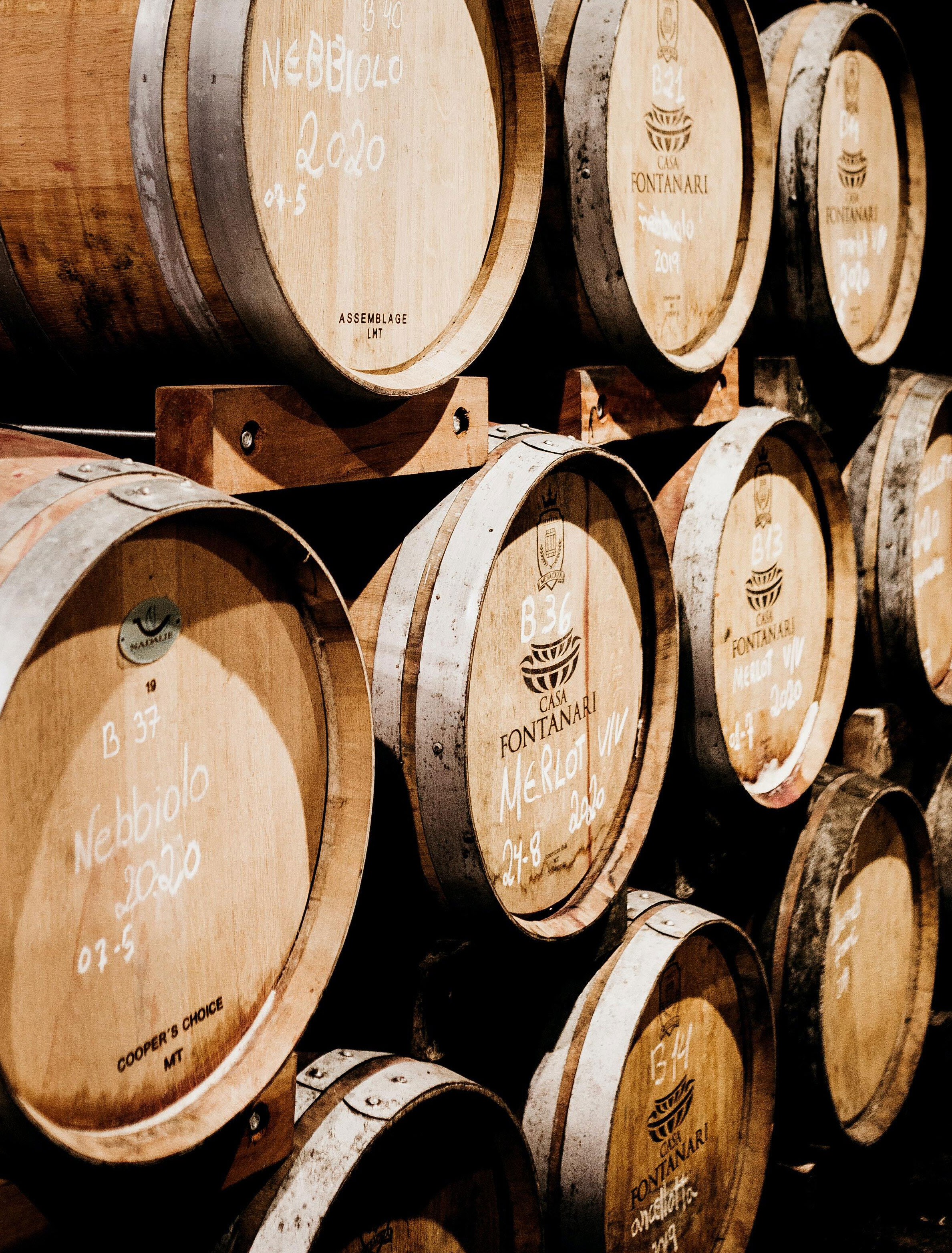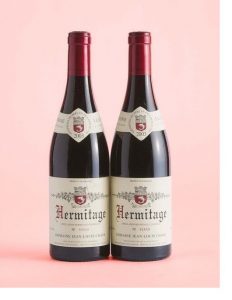
The second-largest appellation in France, the Rhône Valley has over 71,00 hectares under vine and produces more than 400 million bottles of wine per year. The area, located in the southeast of France, follows the north-south trajectory of the Rhône River for approximately 240 kilometres on both sides of the river’s banks. The area has been under cultivation for more than 2,000 years, with the ancient Greeks being the first to plant grapevines in the region around Marseilles around 400 BC. The Romans continued the task and by the first century AD had planted vines in Vienne—modern day Côte-Rôtie.
North vs South
Often divided into Northern and Southern Rhône regions, the former encompasses eight appellations and the latter 23. The Northern Rhône begins about 30 kilometres south of Lyon, in Ampuis, ending 90 kilometres south in the town of Valance. There is a 40-kilometre gap between Valance and the village of Montelimar, where the Southern Rhône begins, in which hardly any grapes are grown. The much larger Southern Rhône area produces the majority of the valley’s wine—close to 95%—and ends in the Bouches-du-Rhône, or Rhône Delta, near the Mediterranean coast.
The division of North and South is not only geographical, but expresses itself in the wide variety of soil types and microclimates, as well as in the grape varietals used. Twenty-seven unique grape varietals are grown in the Rhône. Only Syrah grapes are used for red wine in the Northern Rhône, with Viognier, Marsanne and Roussanne being primarily used for its white. The South has a wider range of acceptable varietals, with more than 15 red wine grapes being permissible, and Grenache being the most popular. The same goes for white wine, with over 15 different white wine grapes planted in the region. Red wine composes the bulk of Rhône wines at 79% of total output, followed by 15% rosé and 6% white.
The grapes that are indigenous to the area, such as Syrah, Grenache, Mourvèdre, Viognier and Roussanne, are known as Rhône grapes. When they are used in other wine-growing regions, the resulting wine is often referred to as being “Rhône-style.”
Southern Rhône vineyards are typically built on flat or gently sloping hills with rocky, sandy soils. The climate is Mediterranean, dry and very sunny with a warm, dry winter. This produces higher-alcohol wines that can be enjoyed when young. Another important component in the local terroir is the garrigue, the local scrub that is made up of resinous herbs such as bay, sage, lavender, thyme, mint, rosemary and juniper. The garrigue perfumes both air and soil, imparting highly desirable peppery, smoky or herbaceous tones to the wine.
In contrast, the steep, mineral-based slopes (think granite, limestone, and clay) of the north enjoy a cooler, wetter, more continental climate, producing a fresher, more acidic wine that often needs time to age before being ready to drink. It is often said that “Syrah likes a view,” as it prefers to grow on the shallow-soiled tops of hills. This results in smaller, more concentrated yields—emblematic of the Northern Rhône region.
Prices reflect these differences, with Southern Rhône wines still offering tremendous value, while Northern Rhône wines are often scarce and more expensive. While the North boasts storied names such as Hermitage and Côte-Rôtie, the Southern Rhône is not to be discounted as the North’s more casual neighbour. The South boasts the prestigious Châteauneuf-du-Pape appellation, which takes its name from the relocation of the Papal residency to Avignon, in 1309, under Pope Clement V. Appellations like Côte du Rhône, Gigondas and Lirac are also very worthwhile areas to find some incredible Southern Rhône wines.
Que Syrah, Syrah
The role of Syrah plays in differentiating North from South cannot be overstated. Syrah produces a spicy, tannic, full-bodied wine that typically requires time to age. Northern winemakers work almost exclusively in Syrah, blending grapes from different terroirs and soils to create the best expression of a single varietal. In the South, winemakers blend entirely different grapes, being allowed to mix up to 15 varietals in one wine. Indeed, one of the most famous blends in the world comes from the Southern Rhône, a combination of Grenache, Syrah and Mourvèdre. Often referred to as a GSM blend, it emblematises the Southern region. So balanced is this mix that it has been widely copied, notably in California (hello, Paso Robles!), South Australia (Barossa) and Spain (Priorat).
The Rhône is considered the birthplace of Syrah—as well as where it reaches some of its greatest heights. The Syrah grape produces some of the fullest-bodied red wines on the planet, with dark fruit flavours and a deep colour. Syrah is a front-loaded grape, with strong flavours that tend to taper off into a peppery finish, which is why it is so sublime when blended with grapes that have a lot happening mid- and post-palate like Grenache and Mourvèdre.
An interesting fact: Syrah from Hermitage—which remains some of the most expensive in the world—was brought to Bordeaux and Burgundy to improve their wines in the 1800s, bringing structure and a deeper colour to the harvest. Indeed, before appellation controls became strict, Bordeaux vintners would often add Syrah to add richness to their cabernet wines.
About the auction
Look for a tremendous selection of wines from the Rhône region in our November auction, which can be viewed by clicking here.
The auction features a show-stopping 5 litre bottle of 1982 Château Pétrus alongside 500 lots of Old and New World collectible wines. Look for an important collection of highly-rated blue-chip Classified Bordeaux in their original wooden cases, an excellent array of Super Tuscans, beautiful Burgundy, Australian gems, vintage Champagnes and much more! Thoughtfully curated for all collections and cellars, and just in time for the holidays.
Read more:
https://www.thewinecellarinsider.com/Rhône-wines-cote-rotie-hermitage-chateauneuf-du-pape/
https://www.decanter.com/wine/wine-regions/Rhône-valley/
https://www.wine-searcher.com/regions-Rhône
https://www.winemag.com/2018/06/05/Rhône-style-wine/
https://winefolly.com/deep-dive/cotes-du-Rhône-wine-with-maps/
Related News
Meet the Specialists
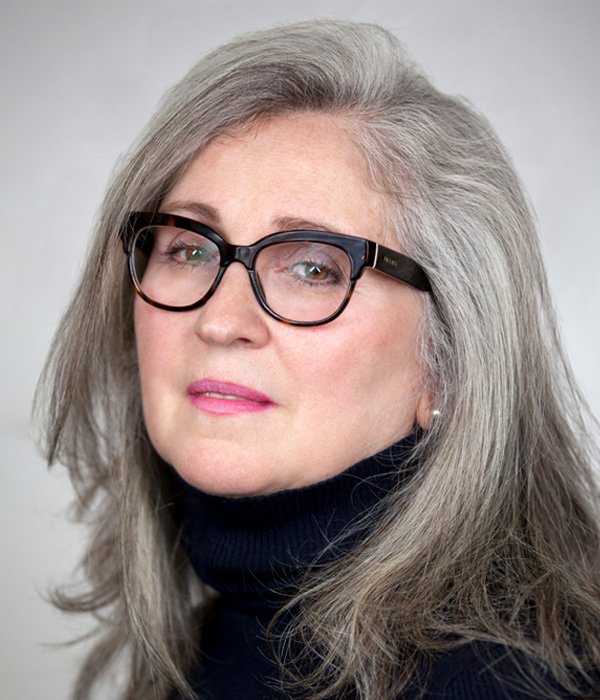
Joann Maplesden
Senior Specialist

Devin Hatfield
Specialist



